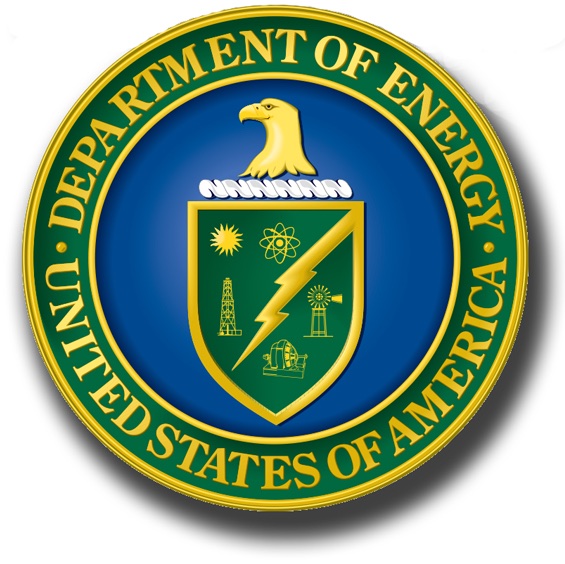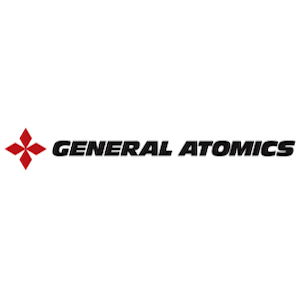Model predictive current profile control in tokamaks by exploiting spatially moving electron cyclotron current drives
S.T. Paruchuri, Z. Wang, T. Rafiq and E. Schuster
Fusion Engineering and Design 192 (2023) 113796
|
Abstract
|

|
The plasma control systems in next-generation tokamaks like ITER will balance competing control objectives
to achieve the desired level of performance in advanced scenarios while preventing magnetohydrodynamic
instabilities and disruptions. During normal tokamak operation, the points of incidence of the electromagnetic
waves generated by the electron cyclotron heating and current drives (EC H&CDs) are usually fixed in space.
However, the points of incidence can be modified in real-time by changing the angles of the mirrors that reflect
the EC H&CD waves. Altering the points of incidence, in turn, varies the ability of the plasma control system
to regulate a plasma property. For instance, changing the EC H&CD wave incidence location may place the
power demands necessary to achieve a particular plasma target within saturation limits. Therefore, using the
EC H&CD deposition location, which is related to the EC H&CD mirror angle, as a supplementary controllable
variable may facilitate access to a given target scenario. However, active scenario-control algorithms have not
been designed so far to fully exploit this capability in real time. In this work, a model predictive controller
that can handle actuation locations as control inputs is developed. In particular, the controller is designed to
regulate both the auxiliary powers and the EC H&CD deposition locations in a pre-defined optimal sense to
achieve the control objective of attaining and sustaining a target current profile. The proposed controller is
tested for a DIII-D tokamak scenario in nonlinear simulations using the Control Oriented Transport SIMulator
(COTSIM).








